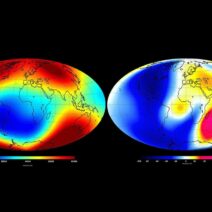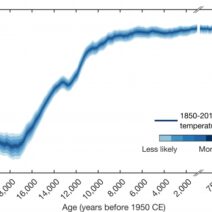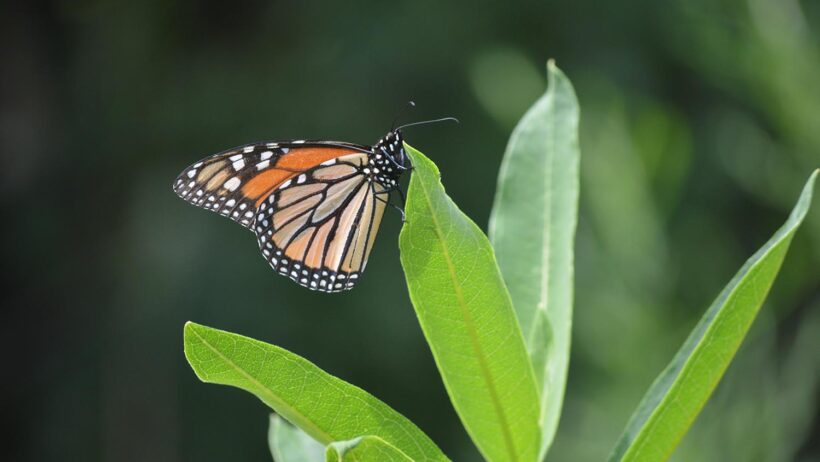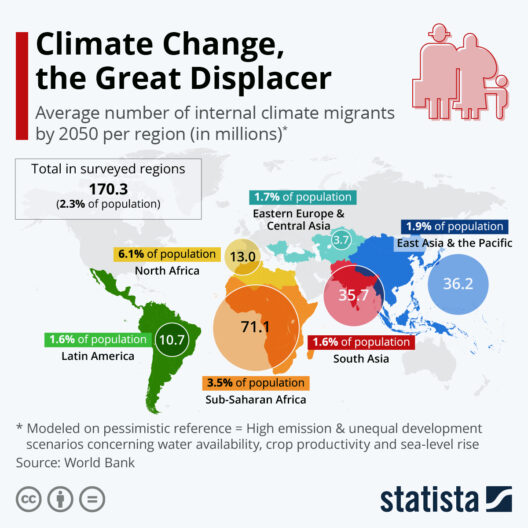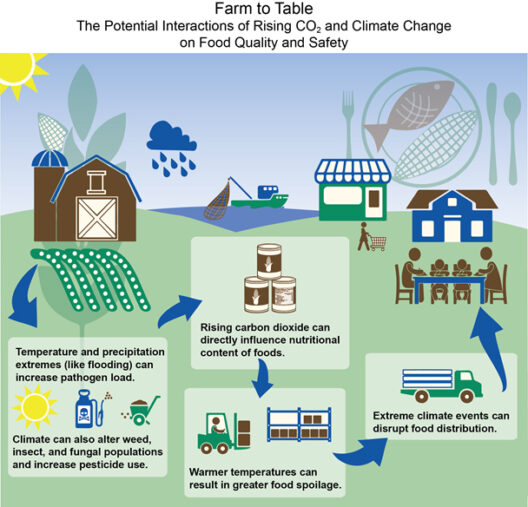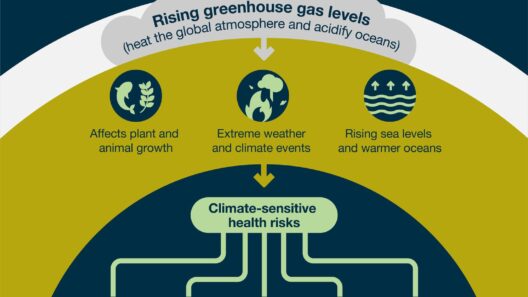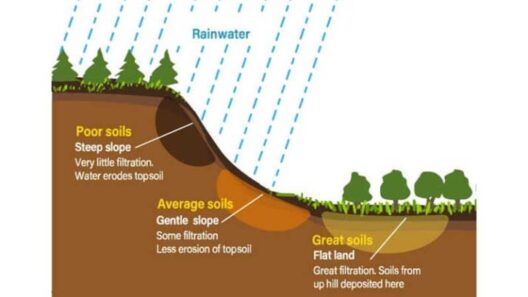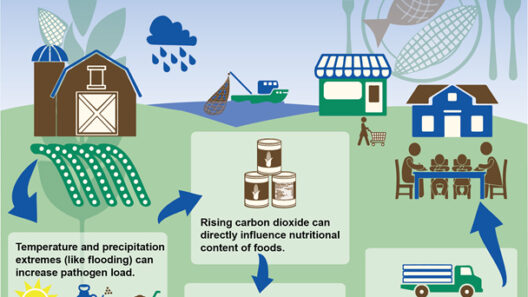Monarch butterflies, those ethereal voyagers of the sky, possess an uncanny ability to traverse vast distances, navigating from their Canadian breeding grounds to the warm sanctuaries of Mexico. Their migration is one of nature’s magnificent phenomena, where millions of winged travelers converge in a delicate dance of survival. However, in recent years, this enchanting journey has been marred by the insidious effects of climate change, a looming specter that threatens to alter their path forever.
As climate change continues to ripple through ecosystems, its effects reach far beyond human society, casting a shadow over delicate species like the monarch butterfly. To envision climate change as a malevolent sorcerer conjuring chaos illuminates the plight faced by these creatures. Warmer temperatures, unpredictable weather patterns, and dwindling resources create a landscape where ancestral routes become increasingly treacherous.
Unraveling the tapestry of the monarch’s migratory journey reveals a complex web of interdependencies with the environment. The synchronization of their lifecycle with the blooming of milkweed plants, their sole habitat and food source for caterpillars, forms a delicate balance that can be disrupted by climate fluctuations. As temperatures rise, milkweed may begin to flourish earlier or be scorched by drought, leaving caterpillars starving and stranded during crucial developmental stages.
The warming climate also gives rise to erratic weather patterns. Storms, droughts, and altered seasonal cycles conspire against the butterflies, who rely on unchanging rhythms to guide their travels. Imagine a once-synchronized clock whose gears have begun to grind against one another; this chaos can result in the monarchs arriving late at their roosting sites, where they face increased mortality rates due to exposure and lack of sustenance. In the wild, timing is everything, and the monarchs find themselves increasingly out of sync.
Moreover, shifting climates dictate the availability of nectar sources along their migratory routes. Fewer flowers bloom for shorter periods, fracturing the azure veins of their ancient pathways. The once bountiful gardens that nourished generations are now barren expanses, leaving these butterflies in search of sustenance. Each meal lessens their endurance, rendering the journey to their overwintering sites more perilous.
The landscape of North America is also evolving under the weight of climate change. Urbanization, agricultural expansion, and habitat fragmentation further exacerbate the monarch’s struggle. These butterflies, which once flourished amidst fields of wildflowers, now navigate a patchwork of human developments. The dream-like meadows are replaced by asphalt jungles and monoculture farms, transforming a vibrant ecosystem into a stark and inhospitable environment. The irony is striking; these resilient creatures, which symbolize beauty and freedom, are now prisoners of their own world.
The perilous tale of the monarch does not end with immediate threats to their survival; it rumbles on to encompass the broader ecological narratives. Their existence weaves through an intricate matrix of species interactions. Pollinators like the monarch sustain the delicate balance of ecosystems, aiding plant reproduction and contributing to the health of diverse habitats. As their populations dwindle due to climate change, the repercussions cascade throughout the web of life, threatening not only the monarch but the myriad of flora and fauna that rely on these pollinators.
Therein lies a metaphor for resilience; just as monarchs bravely persist in their arduous journeys, humanity must summon collective resolve. The dissolution of their migratory patterns serves as a cautionary tale, a poignant reminder of the fragile relationship we share with nature. Understanding the plight of the monarch is not just about safeguarding a single species; it represents a clarion call to bolster our ecological consciousness, urging individuals and policymakers alike to implement meaningful environmental stewardship.
Strategies to combat the monarch’s plight demand immediate attention and collective action. Creating pollinator gardens filled with native milkweed can help reinstate habitats and provide sustenance along migratory routes. Educating communities about the importance of protecting natural landscapes fosters an environment of coexistence, allowing the fragile ecosystem to thrive. Legislative measures targeting climate change mitigation, promotion of sustainable agricultural practices, and reducing urban sprawl are critical in curbing the relentless encroachment of development on monarch habitats.
The stunning journey of the monarch butterflies is now at a crucial crossroads. As the specter of climate change looms larger, these delicate creatures face mounting challenges that threaten to erode their ancient migratory routes. Yet, through awareness, education, and targeted conservation efforts, we possess the power to rewrite the future not just for the monarchs, but for the entire tapestry of life that depends on their existence.
In conclusion, as the monarchs flutter nervously against the headwinds of change, so too must humanity rise to the occasion. The iridescent wings of these graceful butterflies are not just harbingers of seasonal change; they are a barometer of environmental health. The journey of the monarch is emblematic of a broader narrative—the interconnectedness of all living things and the unwavering essence of resilience in the face of systemic challenges. The path forward calls for unity and unwavering resolve to protect these remarkable creatures and the ecological balance they symbolize.
